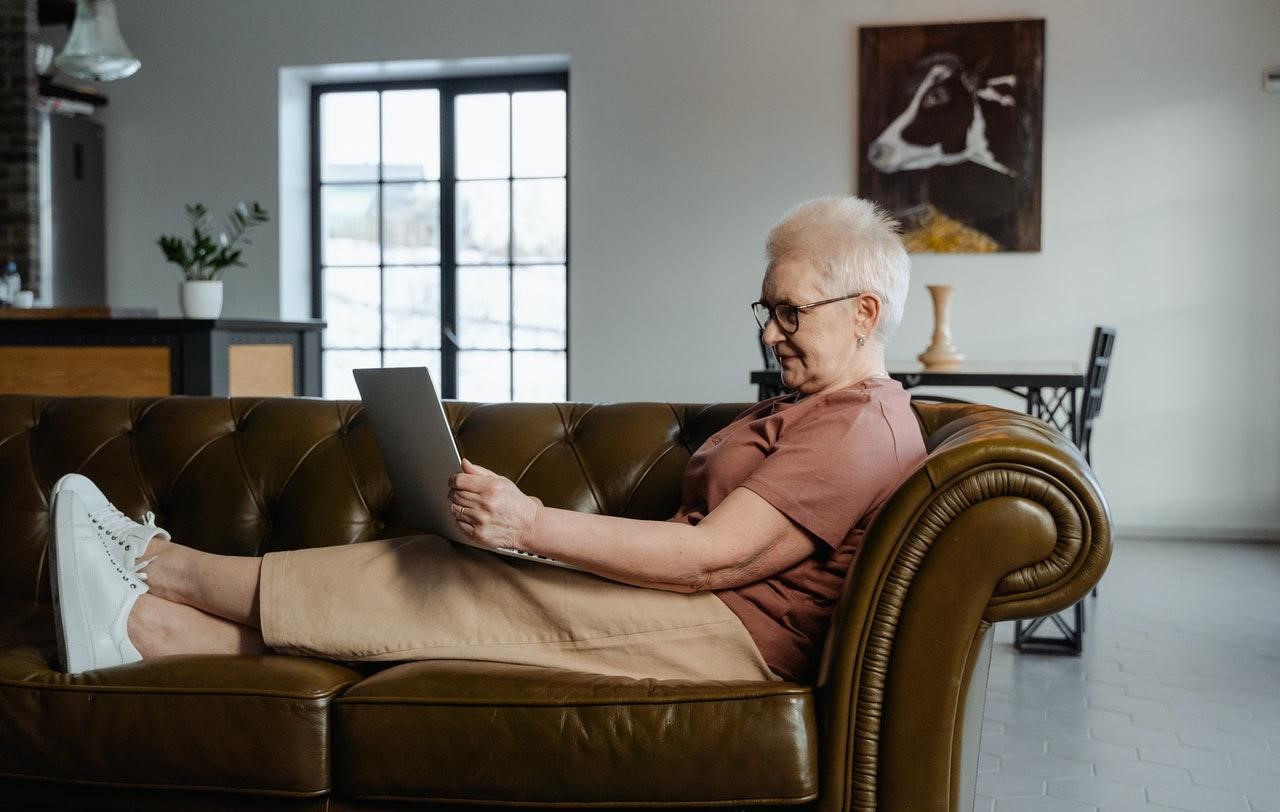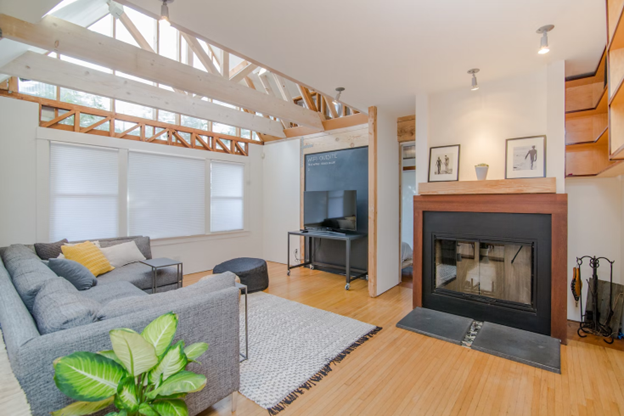Author: Stephanie Haywood, mylifeboost.com Image via Pexels
Older homeowners face a lot of pressure to downsize. It’s true that buying a smaller home after retirement has its advantages. Downsizing eases the mobility issues many of us face as we age thanks to reduced upkeep and a smaller footprint. However, even small homes require maintenance. They often come with steep prices too, making it hard for older homeowners to justify the loss of space.
Unlike downsizing, rightsizing doesn’t dictate shrinking your square footage. Instead, rightsizing emphasizes finding the ideal home for your unique retirement lifestyle. If you’re thinking that rightsizing is the choice for you, the Arizona In-Home Care Association invites you to read on!
What Is Rightsizing?
For some retirees, rightsizing means finally buying that beachfront condo or downtown apartment. But for others, rightsizing may mean more space to entertain, storage for recreational equipment, or quarters for a live-in caregiver.
Rather than focusing on the size of your home, rightsizing focuses on what you value. For example:
- Affordability
- Low-maintenance living
- Accessibility and age-friendly design
- Room for hosting and entertaining
- Proximity to family and friends
- Access to entertainment, social, and cultural activities
- Space for hobbies and passions
There’s no one way to rightsize. You may end up with a home that’s bigger, smaller, or the same size as your current home. What’s important isn’t the square footage but what you do with it!
How to Rightsize for Retirement
There are a few questions you need to ask while preparing to rightsize your home.
What can I afford?
Budgeting is the first step any time you buy a home. A buyer’s budget depends on monthly income and expenses as well as their down payment. To afford more home for your money, make a large down payment and opt for a 30-year loan. These strategies reduce your monthly housing payment for lower living costs in retirement. You can also bolster your bottom line by finding other ways to save money. This includes getting new healthcare coverage, looking for senior discounts wherever you shop and joining a discount club.
What amenities do I need?
Aging homeowners have unique needs. No matter your retirement lifestyle, choose a home with convenient access to healthcare, transportation, shopping, and recreational opportunities.
Older buyers also need homes with age-friendly design. The basic requirements for aging in place include:
- Single-story living
- No-step entrances
- Flat, open floor plans
- Wide doorways and hallways
- Good lighting
In addition to these must-have features, accessible bathrooms and kitchens, smart home technology, and low-maintenance exteriors improve a home’s livability for older adults.
What type of home should I choose?
Age-friendly design comes in many packages. Which one should you choose? Consider these pros and cons as you decide what type of home to buy for retirement.
Single-family homes: Single-family homes offer the most independence and responsibility for homeowners. Owners of single-family homes are responsible for maintaining both the house and the land it sits on. Older adults purchasing a single-family home should choose a newer property with low-maintenance landscaping or factor the costs of outsourced maintenance into their housing costs.
Townhouses: Townhomes are a great solution for homeowners who want a low-maintenance lifestyle without sacrificing outdoor space. While most townhomes are multi-story, it’s possible to find single-story units and units with elevators.
Condos: Condos are the lowest-maintenance option for older adults who want to own their home. While condo association rules can be restrictive and the fees high, many buyers find perks like on-site fitness centers, co-working spaces, and dog parks well worth it.
Once you decide on your next home and get moved in, you can set to decorating it. There are no limits to the number of ways you can make a space a reflection of you. When it comes to adorning your walls, look into DIY-friendly peel and stick wallpaper. This can make it easy to experiment with different looks without the trouble of repainting, plus there’s no messy residue to clean up if you face restrictions in a condo. Independent living in retirement is important. Should you require home care services at some point











